Warehouse management, like many industries, is undergoing a transformative phase. One innovative approach to changing the dynamics of warehouse operations is “gamification”. It’s not about playing games at work; instead, it’s about leveraging game-like elements to enhance productivity, motivation, and overall work quality. Here’s a comprehensive guide on what warehouse gamification entails, its advantages, and how to seamlessly implement it.
What is Warehouse Gamification?
Warehouse gamification involves integrating game mechanics into warehouse processes and systems. This means transforming tasks or objectives into ‘challenges’, rewarding points or badges for achieving milestones, or creating leaderboards to promote healthy competition among staff. The end goal is to harness the intrinsic motivation of employees, urging them to perform better and fostering a spirit of teamwork and achievement.
The Rationale: Humans are inherently driven by certain motivators—achievement, competition, social interaction, and more. By introducing these elements into warehouse operations, gamification taps into these innate drivers, making tasks more engaging, motivating, and even enjoyable.
Why is Workplace Gamification Useful?
- 1. Enhanced Productivity: Gamified tasks have been shown to increase an individual’s engagement, leading to better efficiency and productivity.
- 2. Boosts Morale: Recognizing and rewarding achievements instills a sense of pride and satisfaction, boosting morale and reducing employee turnover.
- 3. Facilitates Training: Introducing new processes or tools becomes more interactive and engaging, aiding faster learning.
- 4, Creates Healthy Competition: Leaderboards or team-based challenges can foster a sense of camaraderie and healthy competition, driving individual and team performance.
When and How to Implement Warehouse Gamification
When to Implement
Warehouse gamification, while promising, isn’t a magic solution that works uniformly for every business at any given time. Implementing it judiciously and at the right time can maximize its potential benefits. Here are some guiding factors to help businesses gauge the right timing:
- 1. Operational Maturity: Before the gamification of workplace operations, it’s essential that basic warehouse operations are stable and efficient. Gamification should enhance an already established system, not be a patch for underlying issues.
- 2. Employee Feedback & Morale: If feedback indicates a lack of motivation, monotony, or a general decline in job satisfaction, introducing gamification could be a strategic move to uplift morale and motivation.
- 3. Change in Workflow or Technology: If there’s a new system or technology in place, gamification can be introduced as a part of the training program to accelerate adoption and improve proficiency.
- 4. Peak Season Preparation: In anticipation of peak seasons where performance pressure is high, gamification can be integrated to prepare the workforce, helping them get accustomed to increased volumes in a playful, low-stress manner.
- 5. Retention Issues: High turnover rates can be disruptive. If a warehouse faces frequent employee churn, gamification can be a strategy to increase retention by enhancing job satisfaction.
- 6. Scaling Operations: If the warehouse is expanding or scaling, gamification can be an engaging way to train newcomers, integrate them into the team, and bring them up to speed with the existing workforce.
- 7. Performance Metrics Below Par: If key performance indicators (KPIs) consistently reflect below-par performance, gamification might provide the necessary boost to reach or surpass the desired thresholds.
- 8. Stakeholder Buy-in: Ensure that both management and floor workers see potential value in gamification. If there’s significant resistance from either side, it might be beneficial to hold workshops or discussions to address concerns before implementation.

Evaluate Tools and Resources
- Readiness Check: Before embarking on gamification, evaluate your available tools. Does your infrastructure support the inclusion of gamified elements?
- Integration Capabilities: Your Warehouse Management System (WMS) should support or be capable of fostering gamified solutions. Shipedge is equipped with a labor-management feature to help you track metrics for each employee
- Budget Considerations: Ensure you budget for the gamification elements, whether they are software-based or tangible rewards for your employees.
Implementation Steps
- Define Clear KPIs: Clearly outline and define key performance indicators (KPIs) and understand what you aim to achieve. These metrics (such as picks per hour or accuracy percentages) will be what your employees are striving to improve on through the new gamification.
- Select Game Elements Wisely: Your choice of game elements should align with your workforce’s culture and the nature of warehouse operations. Gamification should never compromise the safety of laborers.
- Feedback is Vital: Set up mechanisms for employees to receive constant feedback on their performance. Some warehouses set up leaderboards or point systems that all employees can easily see, or achievement badges.
- Continuous Evaluation: Periodically review your gamification strategy to ensure it aligns with your objectives and is yielding desired outcomes.
Flexibility: Gamification isn’t a one-size-fits-all solution. The game mechanics employed, the rewards, and the challenges can be tailored to fit the unique culture and requirements of each warehouse.
Discover how our WMS can improve your business
How Can a WMS with Labor Management Support the Process?
In essence, warehouse gamification is about enhancing traditional warehouse processes through the lens of game design, marrying efficiency with engagement. By blending the thrill of games with everyday tasks, warehouses can see improvements in productivity, worker morale, and overall operational dynamics.
A WMS, complemented by a labor-management module, offers a platform that can logistically and systematically support the integration of gamification. It can:
- 1. Track Performance: Measure individual or team performance metrics.
- 2. Provide Real-Time Feedback: Instantaneously update leaderboards or point systems based on real-time data.
- 3. Tailor Challenges: Customize tasks or challenges based on historical data or specific operational needs.
- 4, Incentivize High-Performing Employees: Use data analytics to identify and reward top-performing employees, promoting a culture of excellence.
It’s essential to understand that gamification isn’t merely a trend; it’s a strategic approach to drive employee motivation and operational efficiency. As you contemplate the possibility of introducing gamification into your warehouse processes, consider the potential impact on your business. Are you ready to enhance productivity, streamline operations, and create a more engaged workforce?
As you begin this journey, remember to ask yourself insightful questions: How can gamification tailor-fit my business’s unique challenges? Will it align with our long-term goals? How will it resonate with our workforce? Let these questions guide you in making an informed decision on the road to warehouse optimization.
Discover how our WMS can improve your business




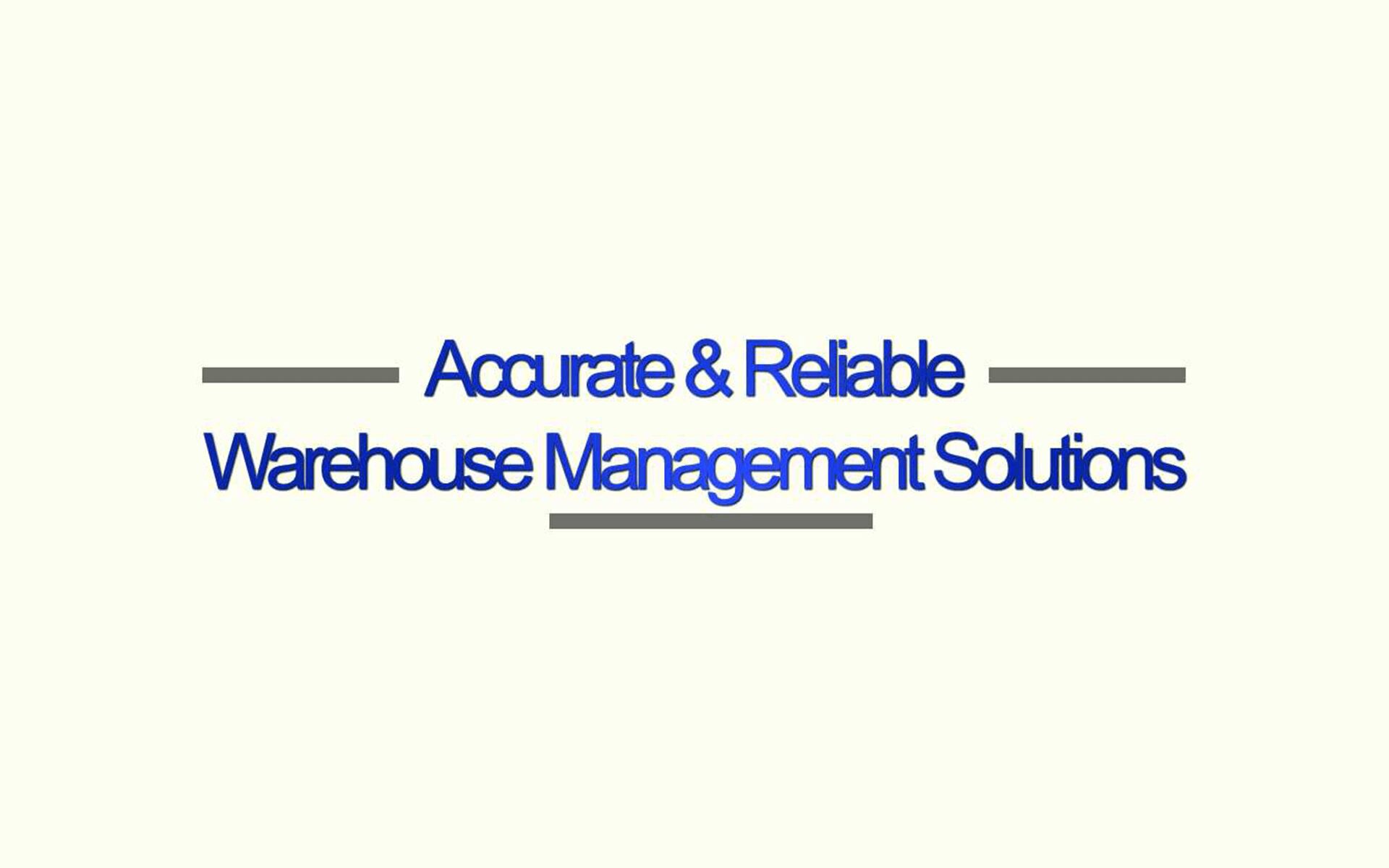
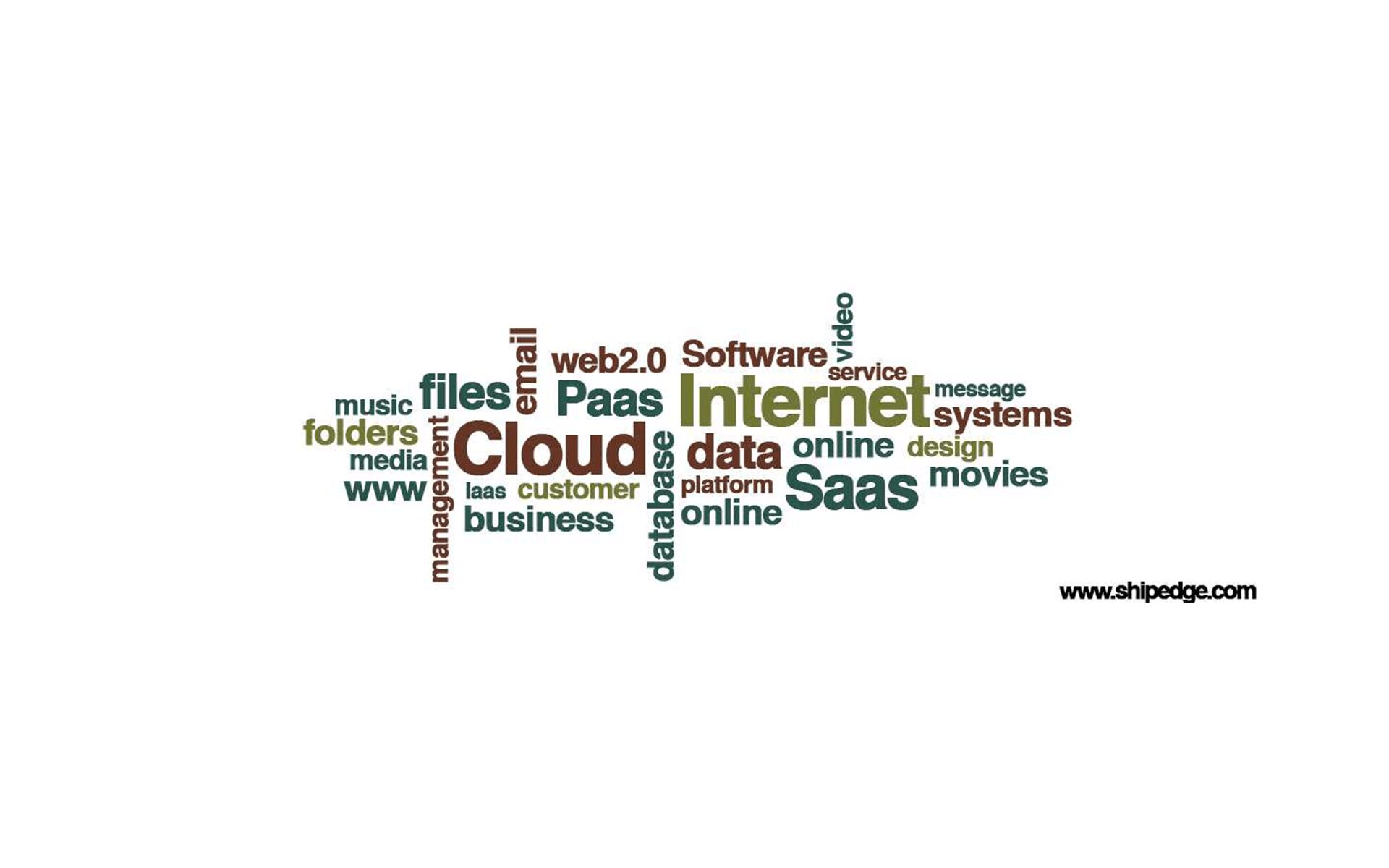
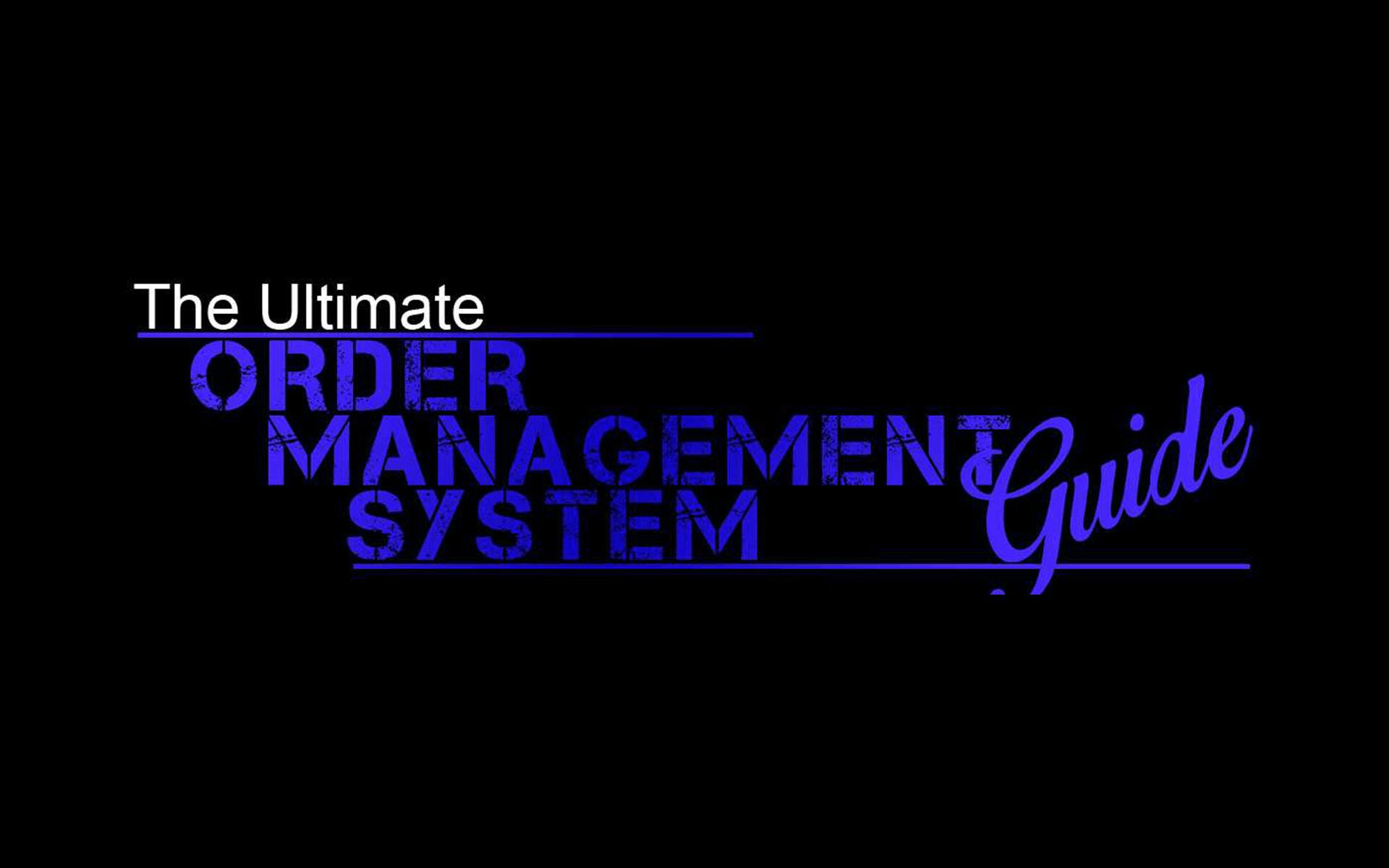
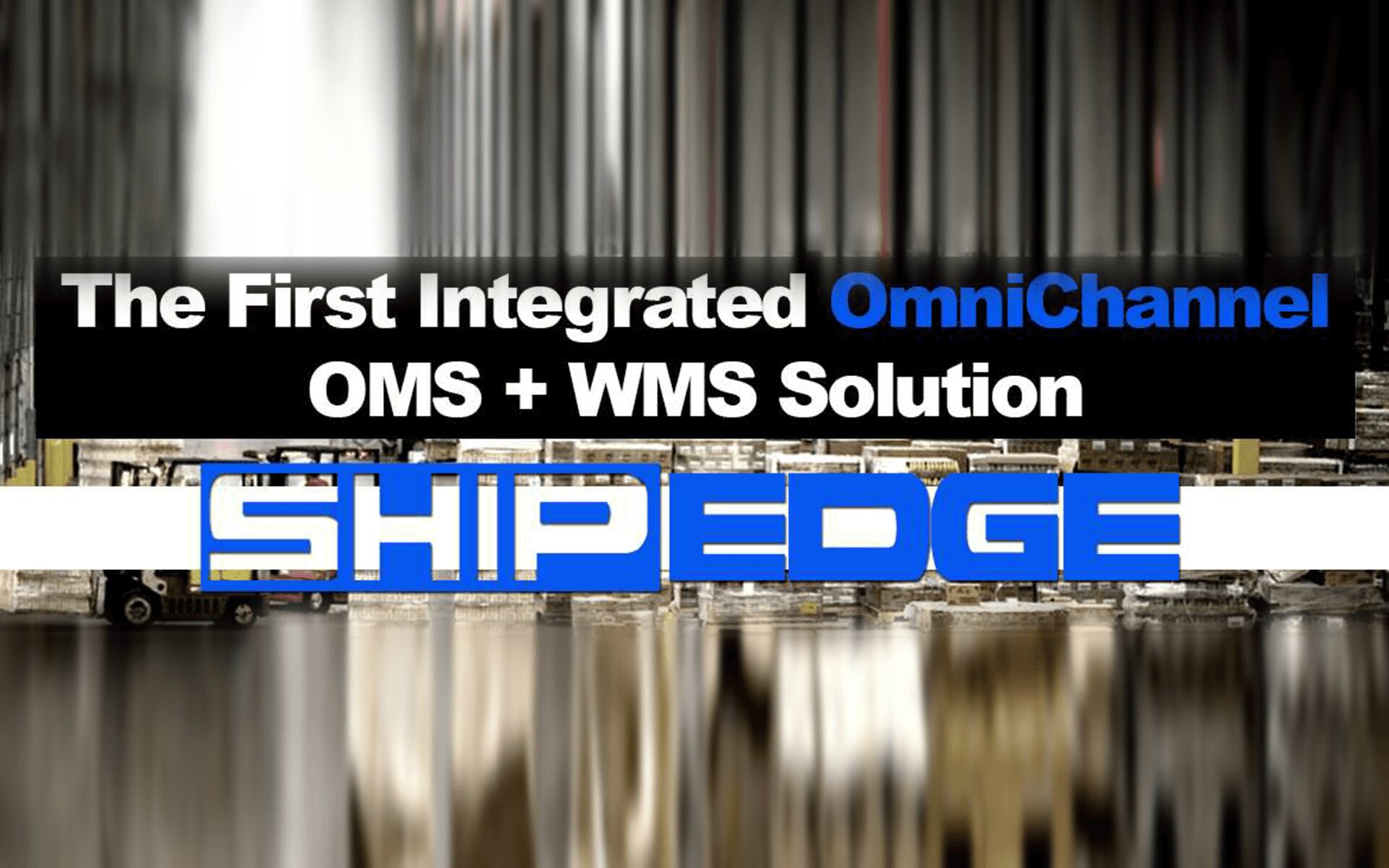


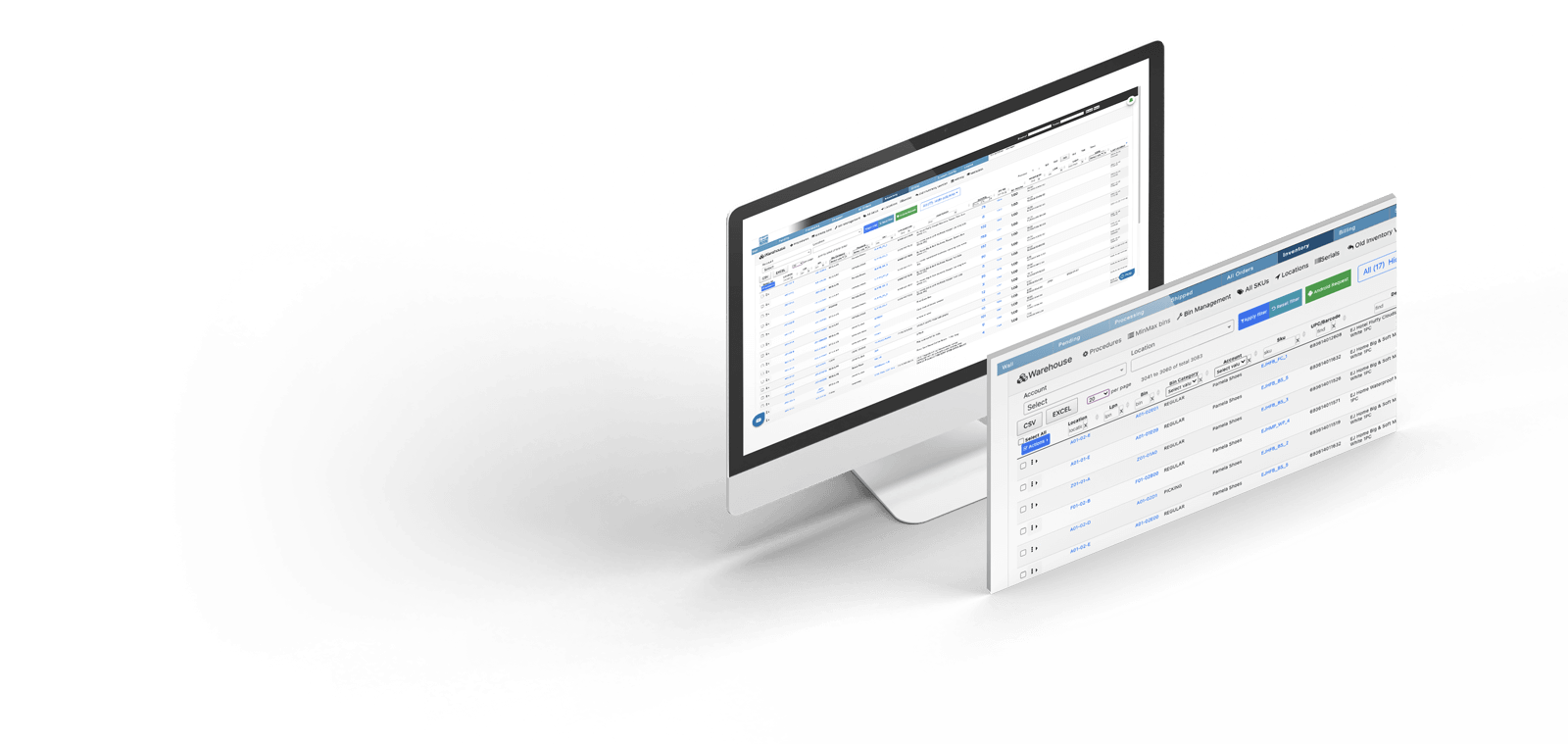
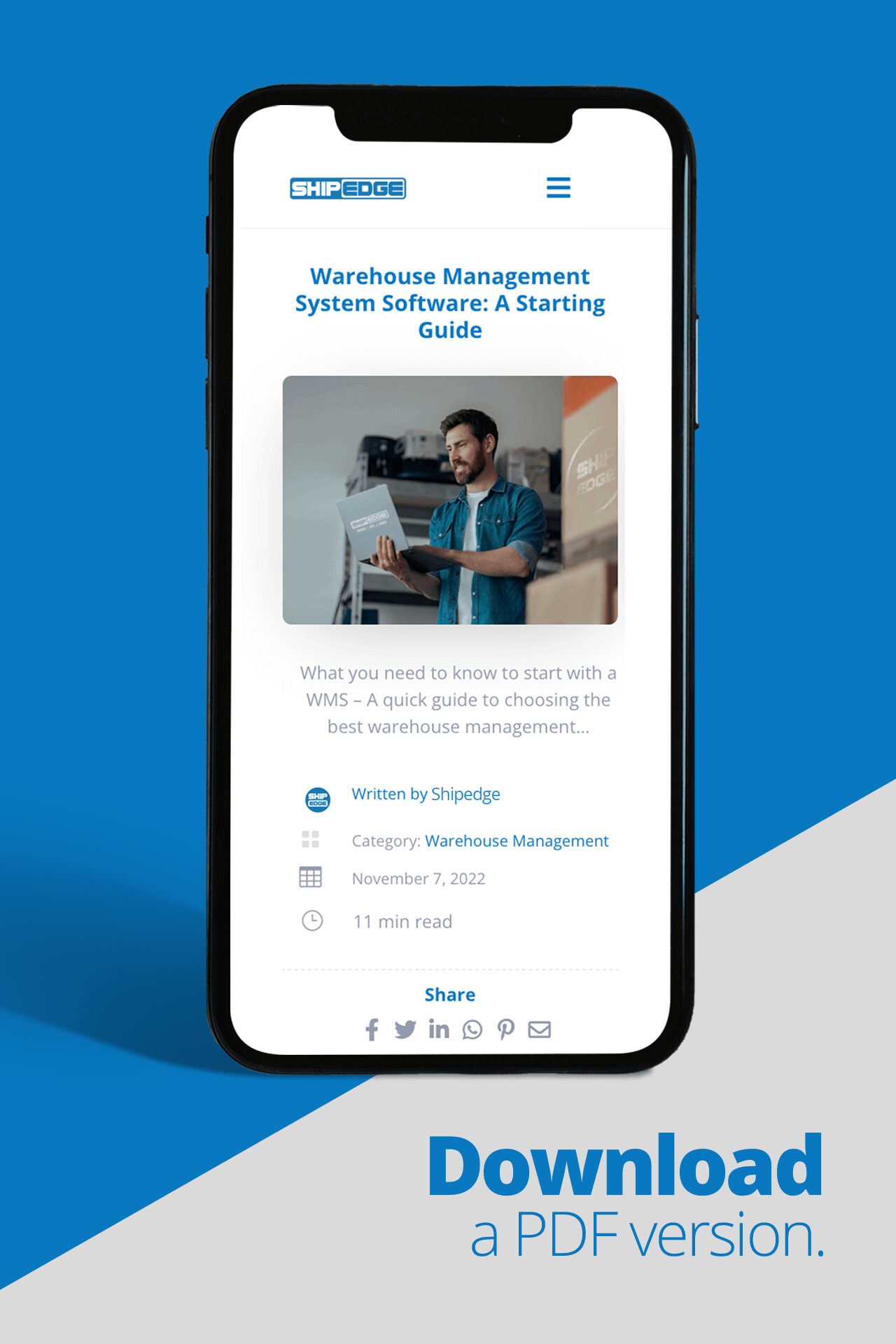
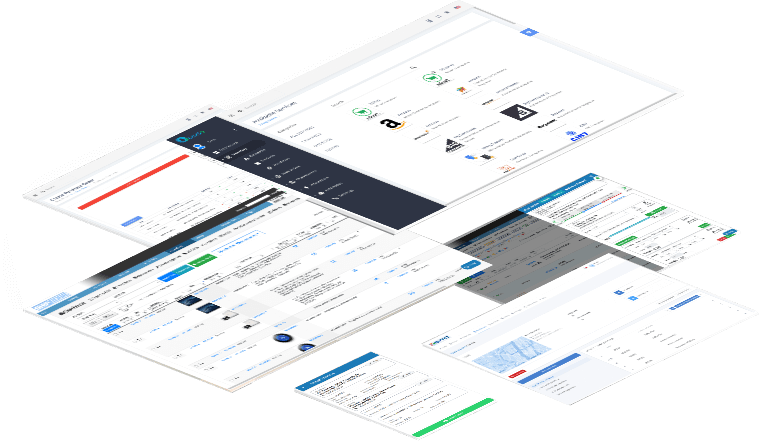

0 Comments